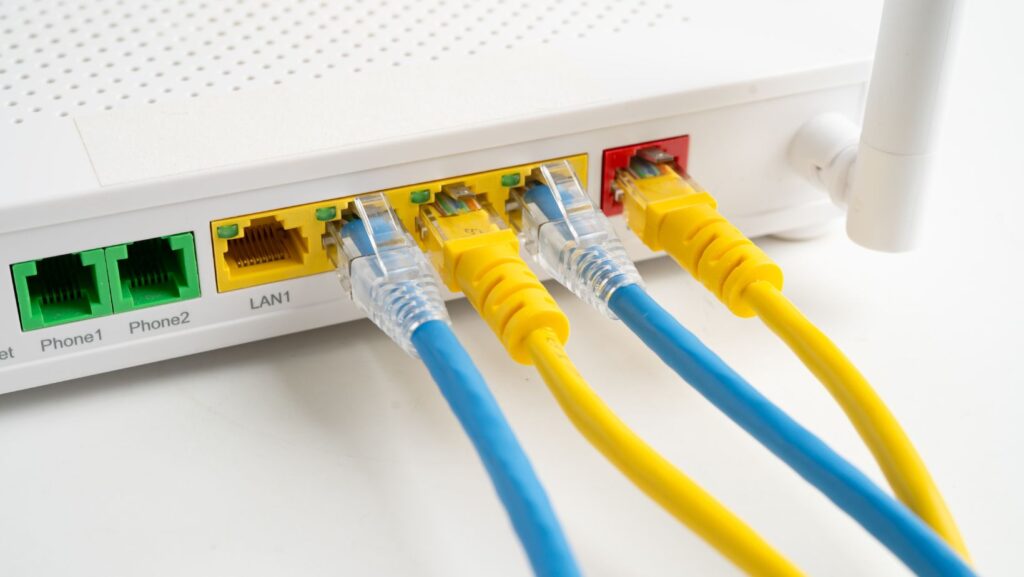Slow internet is one of those everyday frustrations that always seems to strike at the wrong time — whether during an important video call, a gaming session, or when you’re streaming your favourite show. Many people immediately assume the issue lies with their service and start shopping around for new internet providers, but sometimes the solution is much simpler. In fact, your current router might already have a hidden setting that could improve performance without costing you a cent.
The Overlooked Power of Router Settings
Most households set up their router once and then never touch the settings again. Yet routers are far more capable than many people realise. Inside the settings menu are options that can reduce interference, prioritise important activities, and improve overall stability. The challenge is that these features are rarely advertised and often require you to log into the router’s dashboard — something many users avoid because it looks too technical.
Quality of Service (QoS) Settings
One of the most valuable hidden features is called Quality of Service, or QoS. This setting allows you to prioritise certain types of traffic. For example, you can tell your router to give video calls or streaming services higher priority than file downloads. By doing this, you reduce the chance of your call dropping out when someone else in the house starts a large update or stream. Not all routers support QoS, but if yours does, enabling it can make a noticeable difference in how smooth your connection feels.
Changing Frequency Bands
Another overlooked adjustment is switching frequency bands. Many older routers default to the 2.4GHz band, which is slower and more crowded. If your router supports dual-band or even tri-band Wi-Fi, moving your devices to the 5GHz band can reduce interference from neighbours’ networks and household devices like microwaves or cordless phones. This change alone can boost speed and stability, especially in areas with lots of competing signals.
Automatic Updates and Firmware

Routers, like any other piece of technology, require updates. Outdated firmware can slow performance, leave you vulnerable to security risks, and even cause frequent disconnections. Most modern routers can update automatically, but the feature isn’t always enabled by default. Checking your router’s dashboard to ensure automatic updates are switched on can help keep your connection running at its best.
Other Simple Fixes to Try
Beyond these hidden settings, a few small changes can also improve speed and reliability:
- Place the router in a central, elevated location
- Remove or disconnect devices no longer in use
- Restart the router weekly to refresh connections
- Consider using Ethernet for devices that require maximum stability
When Settings Aren’t Enough
If you’ve explored your router’s settings and made improvements but still struggle with slow or unreliable internet, the issue might be your plan itself. Household demands have grown, with multiple people streaming, gaming, and working online at the same time. If your current service can’t keep up, that’s when comparing new plans becomes worthwhile.
Your router is more powerful than you think, and small adjustments can often unlock better performance without extra cost. By exploring features like QoS, switching frequency bands, and keeping firmware updated, you may find that your connection becomes faster and more stable — all without changing your provider.


More Stories
How Material Innovation Is Influencing Contemporary Design Objects
How Automation and Smart Tools Are Transforming Architectural Practice
Why Turnkey Sweepstakes Software Is Catching On Fast